Scott #37 marks a significant moment in the history of United States postage stamps. As the first 24-cent stamp issued, it introduced a completely new design, featuring a portrait of George Washington. Its gray lilac color further distinguishes it from previous issues.
Design & Print
The design of Scott #37 is based on a portrait of George Washington by Gilbert Stuart. Washington is depicted in a three-quarters face, looking to the right. This portrait is set on an oval disk with a very dark ground, encircled by a solid curved border. The inscriptions “U.S. Postage” and “Twenty Four Cents” are presented in white capitals above and below the oval disk, respectively. These inscriptions are separated on each side by a small triple rectangle. Surrounding the central design is a frame of irregular oblong shape, characterized by rounded corners, curved incisions, and a mass of intricately mixed lathe work. The entire design is enclosed within a fine outer line, giving the stamp a distinctive and elaborate appearance.
Postal Usage
Scott #37 was typically utilized in conjunction with other stamps to pay postage for heavy overseas packages. Additionally, it was used for the half-ounce weight rate to England. This stamp’s high denomination made it particularly suitable for these purposes, as it enabled the payment of larger postage amounts required for international and heavyweight mail.
Identification
Identifying Scott #37 involves recognizing its unique design elements and color. The gray lilac hue of the stamp is a primary identifier. The detailed portrayal of George Washington, facing right on an oval disk, is another key feature. The elaborate frame surrounding the portrait, with its mixed lathe work and fine outer line, also aids in distinguishing Scott #37 from other stamps. Collectors and enthusiasts can identify this stamp by these characteristics, acknowledging its place as the first 24-cent issue in U.S. philatelic history.
Scott #37, with its novel design and gray lilac color, represents a pivotal development in the evolution of United States postage stamps. Its depiction of George Washington and intricate design elements, combined with its specific usage for heavy international mail and the half-ounce rate to England, highlight its significance in postal history. Understanding the design, usage, and identification features of Scott #37 provides a comprehensive view of its role and value in the realm of philately



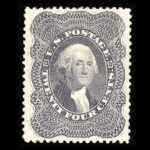
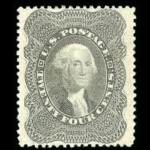
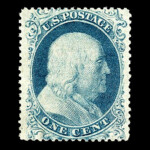
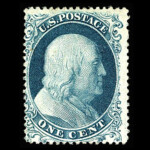
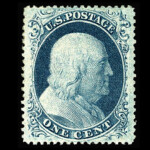
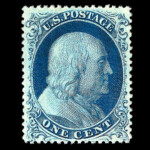
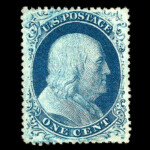
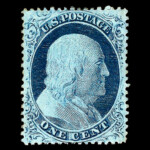
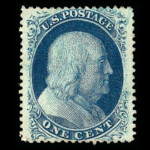
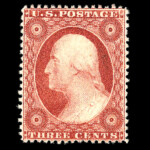
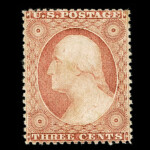
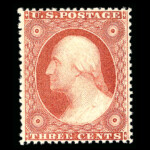
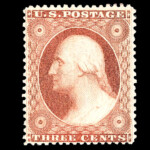
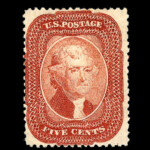
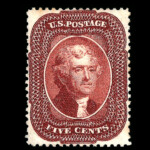
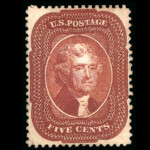
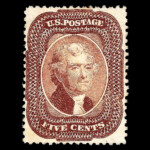
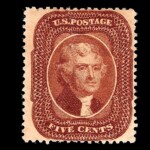
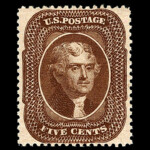
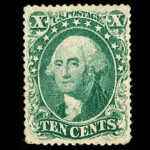
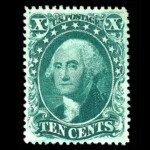
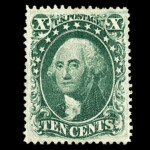
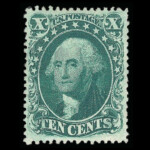
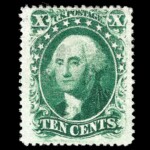
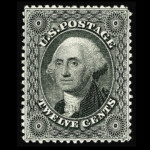
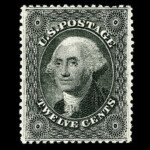

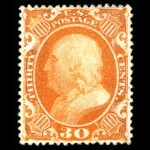
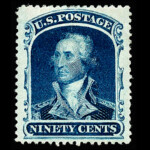









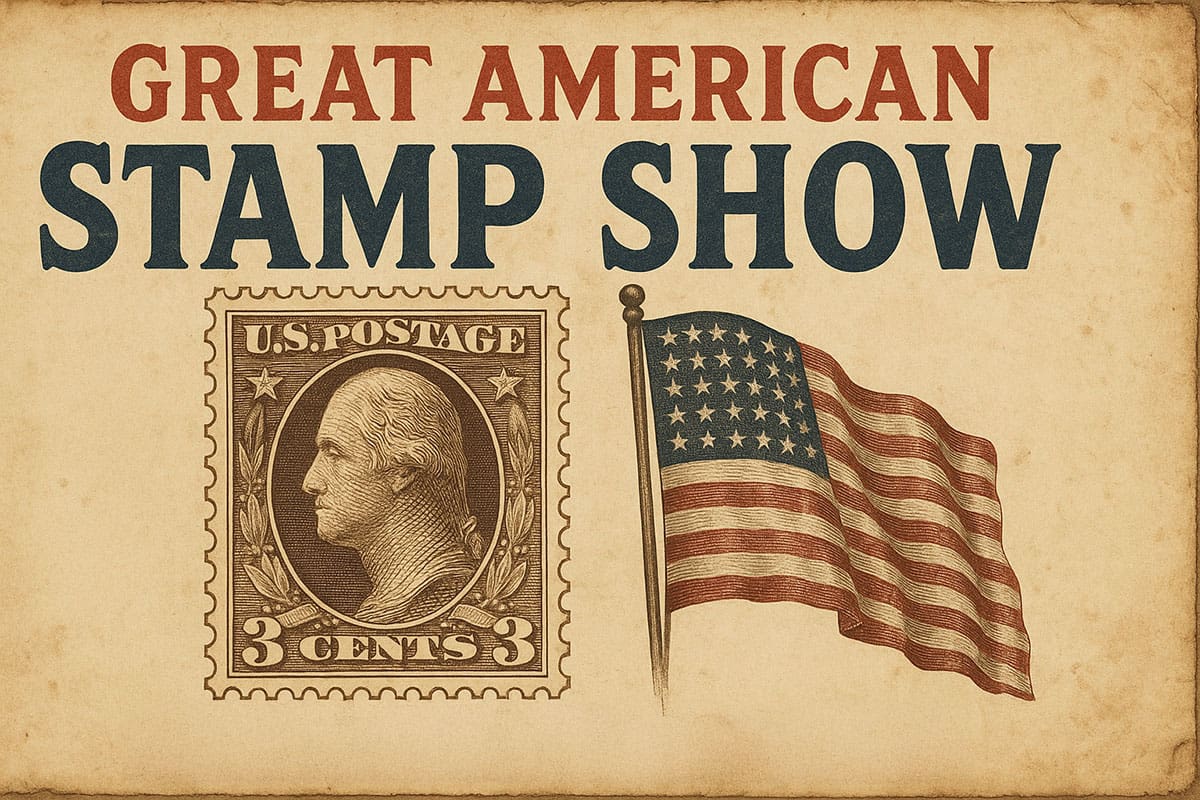


Ask A Question Or Leave A Comment